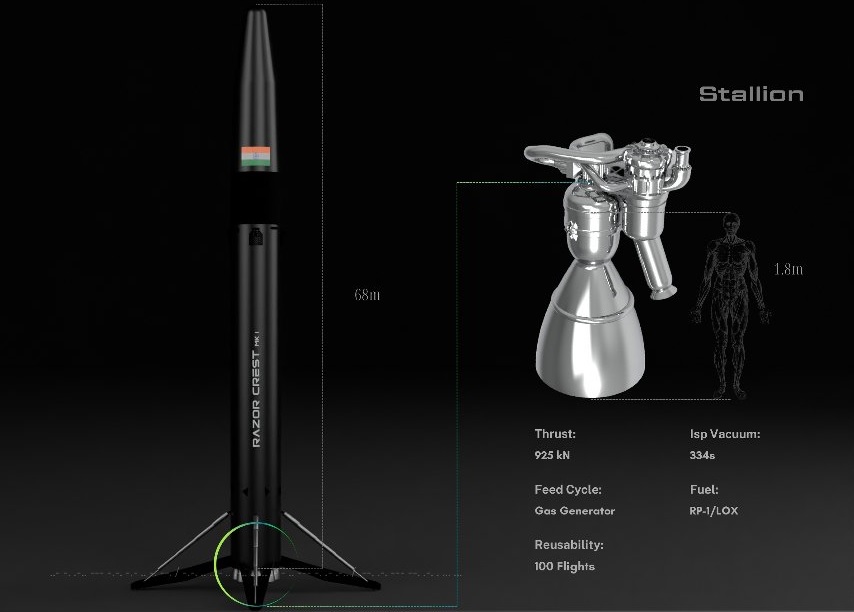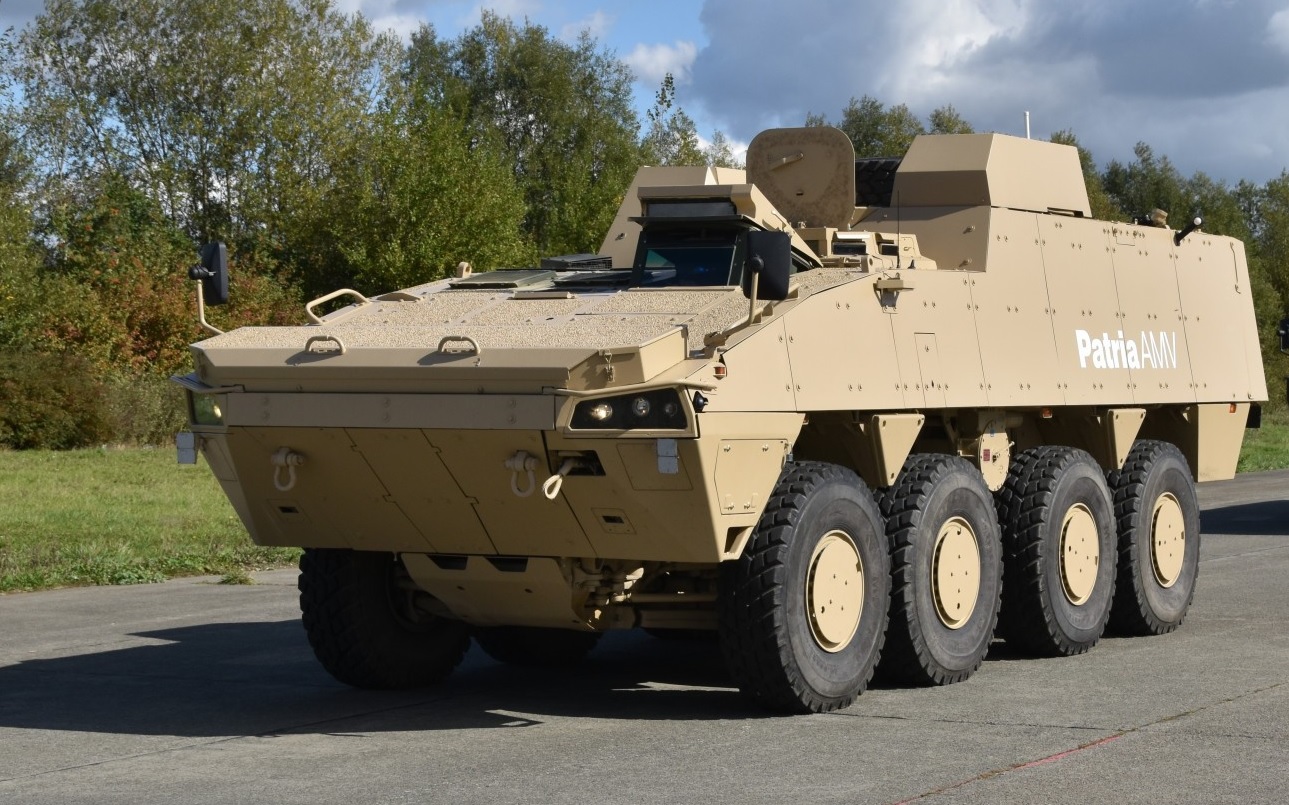Ukraine Announce Successful Tests of Hrim-2 Tactical Missile

On October 22, 2024, Yehor Chernev, a prominent member of Ukraine's parliament and head of the country’s NATO Parliamentary Assembly delegation, made an exciting announcement during a televised appearance. He indicated that significant results from Ukraine’s homegrown ballistic missile program—specifically the Hrim-2 missile—would soon be revealed. While Chernev noted that some tests had already taken place, he acknowledged ongoing challenges related to component availability. He confidently stated that the outcomes of these missile tests would soon be apparent, not just to Ukraine but to Russia as well.
The development of the Hrim-2 missile has been a remarkable achievement for Ukraine, especially highlighted by President Volodymyr Zelensky during the "Ukraine 2024. Independence" forum. On August 27, 2024, Zelensky proudly announced the successful testing of what is believed to be Ukraine’s first locally manufactured ballistic missile, marking a pivotal moment in the nation's defense capabilities. Although many specifics of the missile remain classified, this milestone underscores Ukraine's determination to enhance its military self-sufficiency, reducing its reliance on foreign weaponry as the conflict with Russia continues to escalate.
The Hrim-2 missile system, also referred to as Grim-2, Grom-2, Thunder, or OTRK Sapsan, has been designed as a direct competitor to Russia’s Iskander missile system. This short-range ballistic missile system is intended to replace the outdated Soviet-era Tochka-U missiles. One of the most impressive features of the Hrim-2 is its range, which has been reported to extend up to 700 kilometers for Ukrainian forces—significantly surpassing its previous operational range of 450 to 500 kilometers. In contrast, the export variant of the missile has a shorter range of between 50 and 280 kilometers.
Another notable aspect of the Hrim-2 is its advanced evasive capabilities. The missile utilizes an aeroballistic flight path that allows it to bypass sophisticated air defense systems, including Russia’s S-300 and S-400. This versatility not only enhances its effectiveness in offensive operations but also equips Ukraine with the ability to deploy various missile types, thereby fortifying its military strategy.
Given the ongoing conflict with Russia, Ukraine has been under increasing pressure to develop and deploy long-range weapons. President Zelensky has frequently urged Western allies to ease restrictions on long-range arms to bolster Ukraine’s defenses. The urgency is further underscored by recent Russian bombardments, which have intensified the need for stronger retaliatory capabilities. In a notable move earlier this year, Ukrainian forces executed an offensive operation in Russia's Kursk region to address the gap in long-range weaponry.
The Hrim-2's development is crucial not only for its immediate military applications but also for Ukraine's broader defense strategy. While the missile's specific operational details remain largely under wraps, it is believed that its current range allows the Ukrainian Army to target deep into Russian-occupied territory. This capability is especially vital for striking critical military infrastructure, including assets located in Crimea. Ukrainian officials have linked the Hrim-2 to several successful strikes on Russian military targets, showcasing its potential effectiveness on the battlefield.
Despite Russia's claims of intercepting these missiles and dismantling related production facilities, Ukrainian military leaders, including Brigadier General Serhiy Baranov, express optimism about the Hrim-2's future impact on the battlefield. He indicated that improvements to the missile are underway and that the repercussions will soon be felt by Russian forces. Furthermore, there are expectations that Ukraine's missile production capabilities could expand significantly, potentially reaching ranges of up to 1,000 kilometers, all funded by the national budget—a testament to Ukraine’s commitment to achieving military independence.
The Hrim-2’s design also offers significant flexibility for deployment. The missile can be launched from mobile platforms and is capable of carrying various warheads, making it suitable for both offensive and defensive roles in the ongoing conflict. This adaptability enables Ukraine to target a wide range of critical Russian military assets, including supply routes and command centers. Military experts assert that a missile system like the Hrim-2 empowers Ukraine to conduct independent military operations without solely relying on Western-supplied long-range weaponry.
In summary, the Hrim-2 missile represents a significant advancement in Ukraine's military capabilities, showcasing the nation’s resilience and determination to bolster its defenses against Russian aggression. As Ukraine continues to enhance its missile technology, the Hrim-2 could play a pivotal role in shaping the outcome of the ongoing conflict, marking a new chapter in Ukraine's fight for sovereignty.



